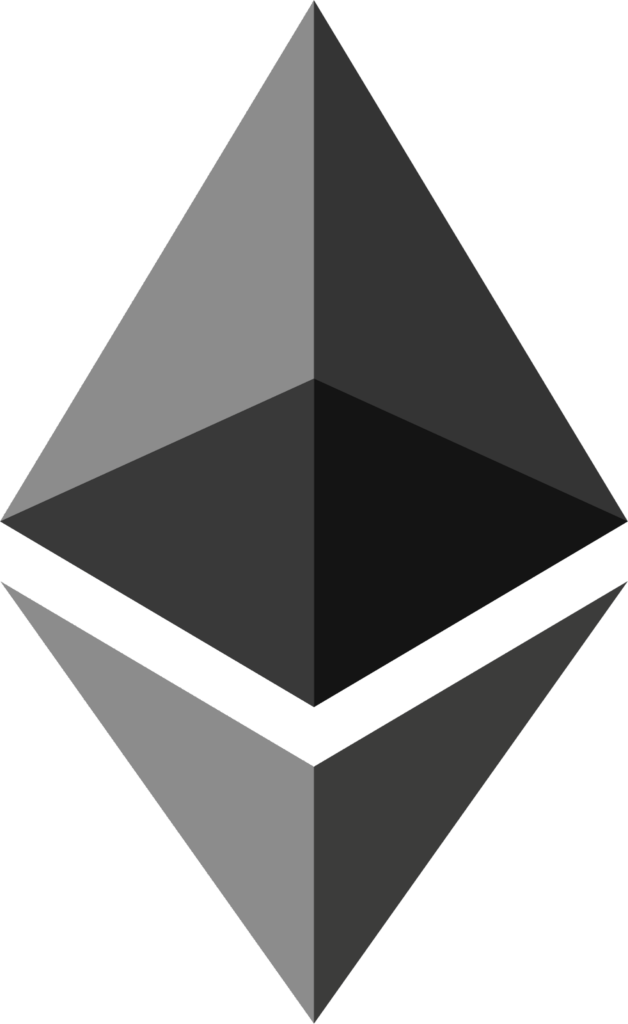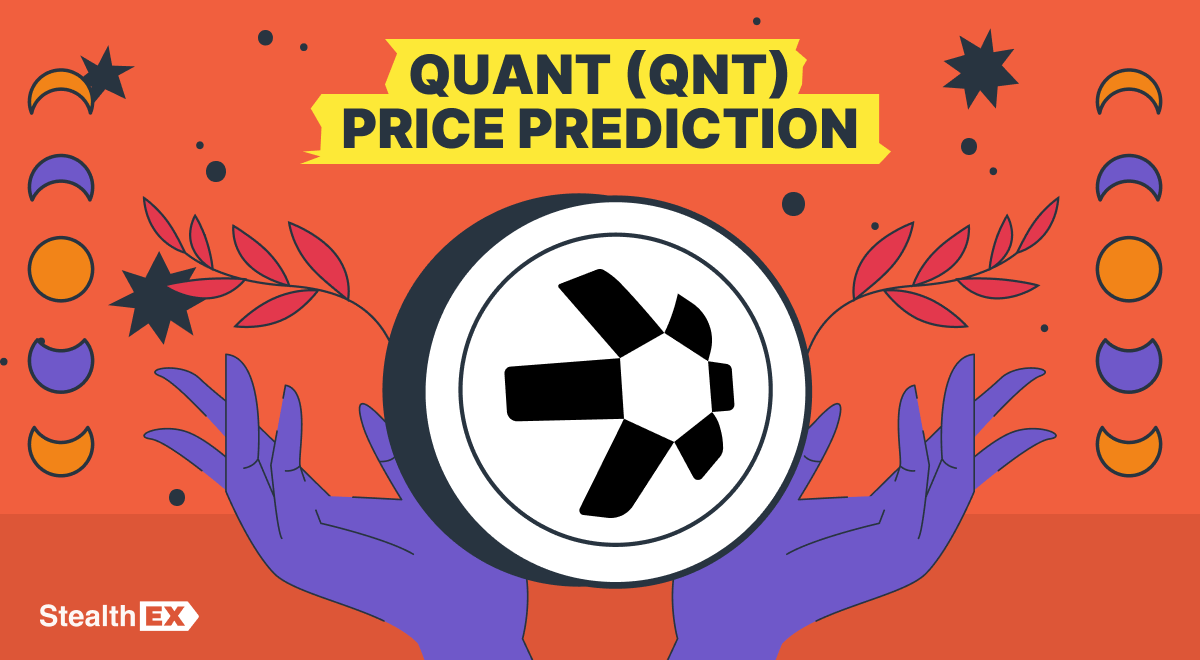Solana Vs Ethereum – What Is the Difference? ETH and SOL

Solana vs Ethereum: SOL and ETH have emerged as two prominent players in the fast-paced world of cryptocurrencies and blockchain technology, each offering distinctive features and functionalities. As Solana gains traction for its high-performance capabilities and low fees, it poses a compelling challenge to Ethereum’s established position as the leading smart contract platform. This article delves into the critical differences between Solana and Ethereum. It examines their strengths and weaknesses to provide readers with valuable insights into which platform may better suit their needs and preferences in this rapidly evolving digital landscape.
Article contents
What Is Ethereum?

Ethereum is a decentralized blockchain platform that goes beyond being a simple digital currency like Bitcoin. It was proposed in late 2013, and development began in early 2014 by Vitalik Buterin and other co-founders. The platform was designed to allow developers to build and deploy smart contracts and decentralized applications (dApps). Smart contracts are self-executing contracts with the terms directly written into code, enabling trustless and transparent interactions between parties.
Ethereum’s native cryptocurrency is called Ether (ETH), which is used as both a medium of exchange for transactions and a means of paying for computational services on the network. Ether is vital to the Ethereum ecosystem, powering the execution of smart contracts and incentivizing miners to secure the network.
The platform has garnered significant attention for its potential to revolutionize various industries, including finance, supply chain, gaming, and more. Its robust and expansive ecosystem has given rise to a multitude of decentralized applications, including decentralized finance (DeFi) protocols, non-fungible token (NFT) marketplaces, and decentralized exchanges (DEXs).
What Is Solana?

Solana is a high-performance blockchain platform introduced in 2020 by Anatoly Yakovenko. It aims to address the scalability issues many blockchain networks face, including Ethereum. Solana’s architecture combines cutting-edge technologies, such as a proof-of-history (PoH) consensus mechanism and a tower Byzantine Fault Tolerance (BFT) consensus model, to achieve unparalleled transaction speeds and throughput.
Solana’s native cryptocurrency is called SOL. It serves as the network’s utility token, used for various purposes, including transaction fees, staking, and participating in decentralized applications on the platform.
The project has gained attention for its ability to handle thousands of transactions per second (TPS) at low fees, making it particularly suitable for applications that require real-time data processing and high-performance requirements. This has led to Solana becoming a popular choice for decentralized exchanges, high-frequency trading applications, and other projects with significant scalability demands.
Both Ethereum and Solana have unique strengths and cater to different use cases within the blockchain space, contributing to the ongoing evolution and diversification of the decentralized technology landscape.
Solana vs Ethereum – Key Differences Between ETH and SOL
Ethereum and Solana are two prominent blockchain platforms, each with its features and characteristics.
Consensus Mechanism
- Ethereum: Ethereum operated on a Proof of Work (PoW) consensus mechanism. However, after the transition to Ethereum 2.0 and The Merge, the network has begun using a Proof of Stake (PoS) consensus mechanism to improve scalability and reduce energy consumption.
- Solana: Solana employs a unique consensus mechanism called Proof of History (PoH) combined with a PoS consensus called Tower BFT (Byzantine Fault Tolerance). This architecture aims to achieve high throughput and fast confirmation times.
Scalability
- Ethereum: Ethereum faces scalability challenges, resulting in higher transaction fees and slower confirmation times during periods of network congestion.
- Solana: Solana is designed to be highly scalable, utilizing its unique consensus mechanism and a network of validators to achieve high throughput. It aims to process thousands of transactions per second.
Choose StealthEX for Exchange and Buy Crypto
- User-Friendly — Simple and minimalistic interface for everyone.
- Fast and Private — Instant non-custodial cryptocurrency exchanges.
- Buy crypto with Credit Card.
- 1200+ coins and tokens are available for limitless, quick and easy exchanges.
- NO-KYC crypto exchanges — Buy cryptocurrency up to €700 without KYC!
- StealthEX crypto exchange app — Process crypto swaps at the best rates wherever you are.
- 24/7 Customer Support.
Earn from Each Exchange by Joining StealthEX Affiliate Program.
Become a partner right now and use affiliate tools:
- Public API — Earn from your wallet, aggregator, or exchange terminal.
- Referral Links — Recommend StealthEX to your audience.
- Exchange Widget — Built crypto exchange widget on any page of your website.
- Button — A perfect choice for traffic monetization.
- Banner — Track conversion and stats right in the personal cabinet.
Transaction Speed and Fees
- Ethereum: Ethereum has faced scalability issues, leading to higher transaction fees and longer confirmation times.
- Solana: Solana’s architecture is optimized for high performance, and it’s low fees and fast transaction confirmation times make it attractive for developers and users alike.
Smart Contract Languages
- Ethereum: Ethereum uses Solidity as its primary programming language for writing smart contracts specifically designed for Ethereum.
- Solana: Solana supports a wide range of programming languages, making it more flexible for developers. It allows the use of popular languages like C, C++, and Rust, making it easier for developers to build on the platform.
Ecosystem and Adoption
- Ethereum: Ethereum has a diverse, well-established ecosystem with numerous decentralized applications (dApps), DeFi projects, and NFT platforms. It has gained substantial adoption in the blockchain space.
- Solana: While Solana’s ecosystem is rapidly growing, it might not have the same level of maturity and adoption as Ethereum. However, its speed and scalability features have gained significant attention and traction.
Governance
- Ethereum: Ethereum governance is evolving, with discussions around decisions and upgrades among the core developers and community stakeholders.
- Solana: Solana’s governance involves token holders who can participate in decisions through staking and voting on proposals.
Token Standard
- Ethereum: Ethereum’s ERC-20 token standard is widely used for creating fungible tokens, and ERC-721 for non-fungible tokens (NFTs).
- Solana: Solana uses SPL (Solana Program Library) token standards for fungible and non-fungible tokens, which are compatible with Ethereum’s token standards.
It’s important to note that both Ethereum and Solana have their strengths and weaknesses, and the choice between them depends on the specific use case, development requirements, and the current state of the platforms.

Ethereum and Solana – Similarities
Ethereum and Solana are blockchain platforms that share several similarities, despite their fundamental differences. Here are the main similarities between Ethereum and Solana:
- Smart Contract Functionality – Ethereum and Solana are smart contract platforms, allowing developers to create and deploy decentralized applications (dApps) on their networks. Smart contracts on both platforms enable self-executing code that can facilitate various processes, including financial transactions, token creation, and complex logic execution.
- Decentralization – Ethereum and Solana are decentralized networks, meaning they do not rely on a central authority to process transactions or execute smart contracts. Both platforms utilize consensus mechanisms to validate and secure transactions through the agreement of network participants.
- Token Standards – Both Ethereum and Solana support the creation of tokens using standardized token protocols. Ethereum has ERC-20 for fungible tokens and ERC-721 for non-fungible tokens (NFTs). Solana uses SPL (Solana Program Library) token standards compatible with Ethereum.
- Developer-Friendly Environments – Both platforms provide tools and resources to facilitate application development. Ethereum offers a range of developer tools and libraries, including Remix, Truffle, and web3.js. Solana provides a developer-friendly environment with Solana Studio and various SDKs in popular programming languages like C, C++, and Rust.
- Cross-Chain Interoperability – Ethereum and Solana are part of the broader blockchain ecosystem, which means there are efforts to achieve cross-chain interoperability between ETH and SOL, and other blockchain networks. Projects and protocols like bridging solutions and decentralized exchanges (DEXs) aim to facilitate token transfers and interactions between Ethereum and Solana.
- Decentralized Finance (DeFi) and NFTs – Ethereum, and Solana have vibrant DeFi ecosystems, with numerous decentralized finance protocols and applications offering lending, borrowing, yield farming, and more. Both platforms also host NFT marketplaces and projects where unique digital assets can be bought, sold, and traded.
- Community and Adoption – Ethereum and Solana have strong and active developer communities. Both platforms have attracted significant attention and adoption, with many projects and users participating in their ecosystems.
It’s essential to consider that while Ethereum and Solana share these similarities, they have unique features and characteristics that make them suitable for different use cases and applications. The choice between the two depends on specific project requirements, scalability needs, and the level of adoption and support within their respective communities.
SOL vs. ETH Table Comparison
| Aspect | Ethereum | Solana |
| Consensus Mechanism | Proof-of-Stake | Proof of History (PoH) + Tower BFT (PoS) |
| Scalability | Limited scalability as for now | Designed for high throughput and scalability |
| Transaction Speed | Variable, can be slow during congestion | Fast transaction confirmation |
| Smart Contract Lang. | Solidity | Support for various languages (C, C++, Rust) |
| Token Standards | ERC-20 (fungible), ERC-721 (NFTs), etc. | SPL tokens (compatible with ERC-20, ERC-721) |
| Ecosystem & Adoption | Extensive ecosystem, high adoption | Growing ecosystem, gaining traction |
| Governance | Ethereum Improvement Proposals (EIPs) | Token holders participate in governance |
| Cross-Chain Support | Via bridging solutions and DEXs | Efforts for cross-chain interoperability |
| Decentralization | Decentralized network | Decentralized network |
| DeFi and NFTs | Active DeFi ecosystem, popular for NFTs | Vibrant DeFi ecosystem, emerging NFT projects |
| Interoperability | Ethereum Virtual Machine (EVM) compatibility | N/A |
Ethereum vs Solana – Highest Price Ever – ATH
The all-time high price (ATH) of Ethereum was reached in May 2021, when it surged to approximately $4,400 per Ether (ETH). This milestone came amid growing institutional interest, increased adoption of decentralized finance (DeFi) applications, and the booming non-fungible token (NFT) market, solidifying Ethereum’s position as the leading smart contract platform.
On the other hand, Solana, a rising star in the blockchain space, experienced a meteoric rise in 2021. Its ATH occurred in September 2021, when it skyrocketed to around $215 USD per SOL token. Solana’s remarkable performance can be attributed to its innovative scalability and transaction speed approach, attracting investors, developers, and decentralized application projects to its ecosystem.
Ethereum and Solana’s ATH prices marked significant milestones in the ongoing competition for blockchain dominance, fueling excitement and interest in the crypto community.
Summary
We highlighted the key differences and similarities between Ethereum and Solana. It delves into their consensus mechanisms, scalability, transaction speeds, smart contract languages, token standards, ecosystem and adoption, governance, and cross-chain interoperability.
Ethereum and Solana are decentralized networks supporting smart contract functionality, DeFi, and NFTs. While Ethereum operates on PoS, Solana utilizes PoH and Tower BFT for high throughput—Ethereum’s extensive ecosystem and adoption contrast with Solana’s rapidly growing traction.
FAQ About Solana vs. Ethereum
Ethereum vs Solana – Which One Is Better?
The answer depends on specific use cases and requirements. Ethereum has a well-established ecosystem and adoption, while Solana boasts high throughput and low transaction fees. Choose the platform that aligns best with your project needs.
ETH vs SOL – Is It Worth to Invest?
As with any investment, it carries risks. Both Ethereum and Solana have demonstrated strong growth, but research and understanding of each platform’s fundamentals are essential before making investment decisions.
What Is the Main Difference Between Ethereum and Solana?
The main difference lies in their consensus mechanisms and scalability approaches. Ethereum operates on PoS, while Solana uses PoH and Tower BFT for fast transaction speeds and high throughput.
How Are Ethereum and Solana Similar?
Both Ethereum and Solana are smart contract platforms, supporting decentralized applications, DeFi, and NFTs. They also offer token creation using standarized protocols, fostering active developer communities and attracting widespread interest.
Follow us on Medium, Twitter, Telegram, YouTube, and Publish0x to stay updated about the latest news on StealthEX.io and the rest of the crypto world.
This article is not supposed to provide financial advice. Digital assets are risky. Be sure to do your own research and consult your financial advisor before investing.
ETH Ethereum SOL SOL to ETH SolanaRecent Articles on Cryptocurrency
 Crypto News: BBVA Backs Bitcoin, Iran Loses $90M, Senate Passes Crypto Bill
Crypto News: BBVA Backs Bitcoin, Iran Loses $90M, Senate Passes Crypto Bill  Quant Price Prediction: How High Can QNT Crypto Go?
Quant Price Prediction: How High Can QNT Crypto Go? 